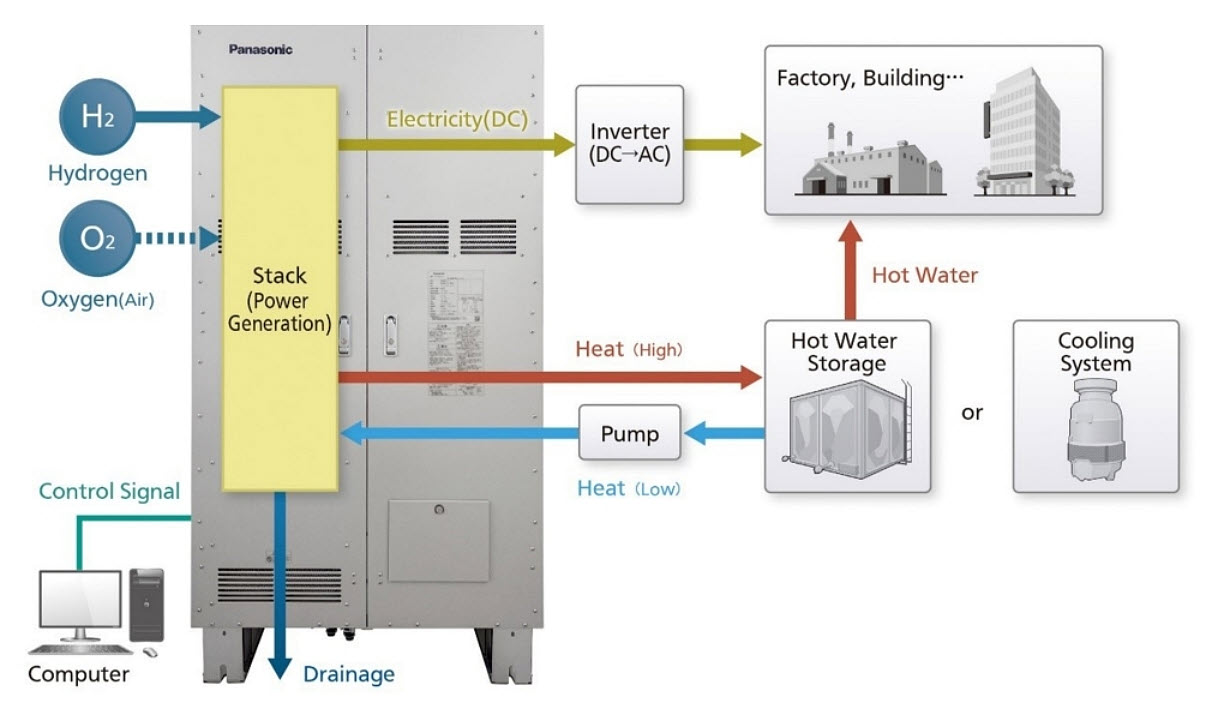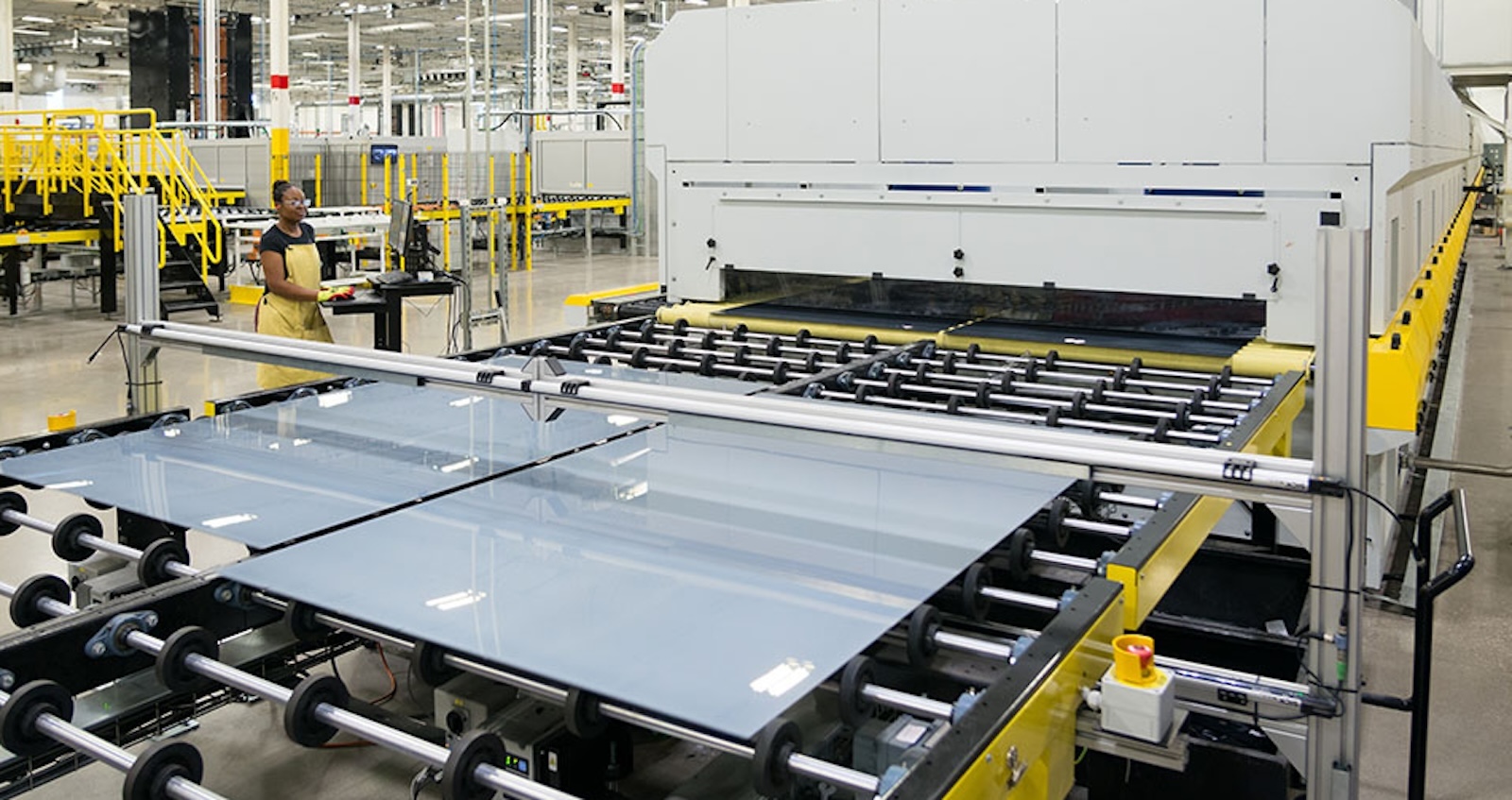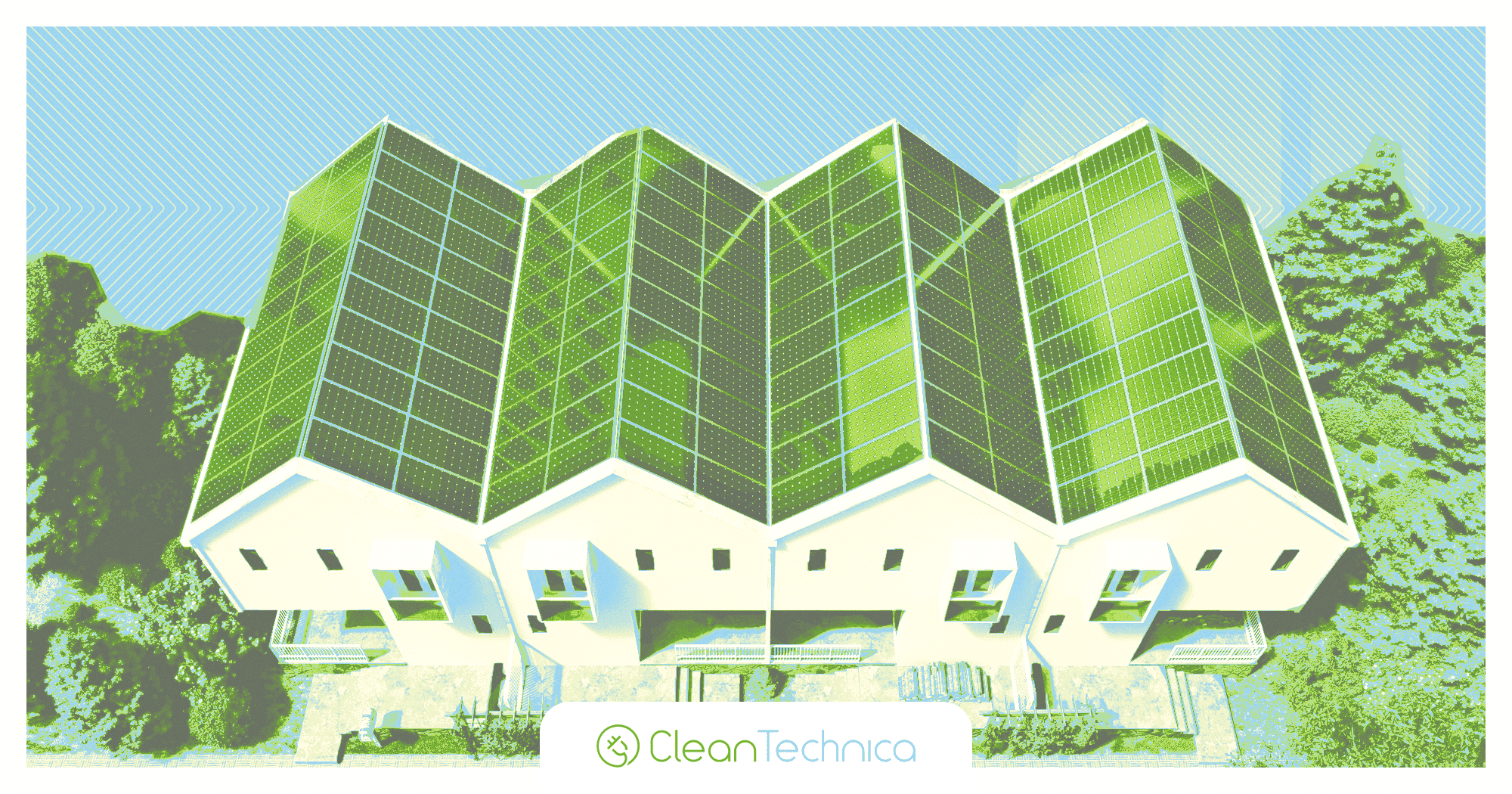Reshaping Energy and Living Spaces – Panasonic’s Sustainable Vision
Panasonic’s Hydrogen Fuel Breakthroughs Hydrogen, often heralded as a pivotal tool in achieving a clean energy future, is receiving a…
Panasonic’s Hydrogen Fuel Breakthroughs
Hydrogen, often heralded as a pivotal tool in achieving a clean energy future, is receiving a bold endorsement from Panasonic. The company’s latest innovation, the PH3 Hydrogen Fuel Cell Generator, redefines hydrogen-powered solutions with its compact design, efficiency, and versatility. Capable of delivering up to 10 kW of DC power and an additional 8.2 kW of heat, it offers a twofold advantage—generating electricity while efficiently capturing heat for water heating systems.
What makes the PH3 stand out is its adaptability. By connecting up to 250 individual modules, the system supports a remarkable scalability to meet fluctuating energy demands across diverse settings—from factories to municipal buildings. Its smart features include adjustable output increments, allowing users to fine-tune operations to suit energy needs. While its 57% electrical efficiency is impressive on its own, the generator achieves a combined efficiency of 104% by recapturing condensation latent heat.

PH3 Hydrogen Fuel Cell Generator – Image Credit Panasonic
Another noteworthy feature is longevity. With a service life reaching up to 15 years or 100,000 operational hours, the generator is designed to lower lifecycle costs—a testament to Panasonic’s commitment to sustainable and cost-effective solutions. Importantly, the generator performs even in harsh environments, with temperature tolerances down to -15ºC and altitudes of up to 1,000 meters, opening its use to an expansive range of applications worldwide.
For dedicated industrial and municipal users considering a greener path forward, the PH3 generator isn’t just a technology showcase—it’s an actionable solution. Panasonic’s plans to deploy this technology in regions ranging from Europe to Australia act as another step in transitioning the energy landscape to renewables and hydrogen-based systems.
AI-Driven Innovations for a Sustainable Future
Another core highlight of Panasonic’s recent strides is its global corporate initiative, Panasonic Go, which focuses on integrating artificial intelligence across its business ecosystems. AI is positioned not just as a support system but as a transformative force to redefine industries like supply chain management and home automation.
A standout collaboration in this realm is with Blue Yonder, a supply chain solutions provider acquired by Panasonic. Through predictive and generative AI models, Blue Yonder enables businesses to predict demand shifts, foresee risks, and ensure smoother global operations. These tools process over 20 billion data points daily, demonstrating their capacity to tackle supply chain inefficiencies on a massive scale.
AI also extends into the company’s new family wellness offering, Umi, launched under the Panasonic Well initiative. Umi is a digital platform and virtual coach powered by AI to support families in adopting healthier routines. With a focus on personalized wellness, it assists in tailoring fitness regimens, dietary preferences, and even mental health practices. The collaboration between Panasonic and Anthropic, a U.S.-based AI ethics firm, further guarantees that AI applications stay safe, reliable, and human-centric.
By 2035, Panasonic envisions its AI-integrated products and services comprising nearly 30% of its total revenue, a strategic pivot that signifies just how bullish the company is on digital innovation shaping its future and broader societal impact.
CEO Yuki Kusumi opening speech at CES 2025
Not Only Clean Energy but Cost Effective
For an audience centered on hydrogen energy innovation, Panasonic’s advances carry profound implications. With the global energy transition gaining urgency, scalable solutions like hydrogen fuel cells are poised to play a major role in replacing fossil fuels. Industries that struggle to decarbonize—such as manufacturing and public utilities—can particularly benefit from Panasonic’s PH3 offering, with its modular and flexible setup making it feasible for a range of applications.
The ability to harness both heat and electricity from a single system is an advantage that shouldn’t be understated. For instance, factories that adopt these hydrogen fuel cells might not only reduce their overall emissions but also save on heating or cooling costs by repurposing generated heat. When multiple units are installed, this clean, decentralized energy model could make wider networks far more resilient during electricity outages or peak demands.
And it isn’t just about green technology availability but economic feasibility as well. The lower running costs of PH3 generators, coupled with their longevity, create a compelling financial case alongside the environmental benefits—an important consideration for industries hesitant to invest in new technologies.
Green Technology – Progress Today and Promise for Tomorrow
The technologies Panasonic is championing—be it hydrogen fuel cells or AI-integrated systems—may feel innovative and futuristic, but they are operational and ready to use today. Hydrogen-based systems, in particular, highlight how industries can quickly transition toward renewables without overhauling entire networks.
For homeowners, advances like the OASYS energy-efficient residential system aren’t theoretical—they’re being rolled out now, offering families significant savings and a cleaner way of living. On a global scale, Panasonic’s partnerships, such as those with local governments in the UK, exemplify what collaborative efforts can achieve in decarbonizing communities.
Looking toward the future, it’s clear the integration of AI will only enhance the efficiency of these systems. AI’s ability to optimize hydrogen fuel cell performance by predicting real-time energy fluctuations or maintenance needs could significantly extend usability and save costs.
Ultimately, while we might not all be adopting hydrogen-powered systems or AI-optimized homes today, these technologies challenge us to rethink what’s possible. They offer tangible steps toward reducing our carbon footprint and make a compelling case for industries, institutions, and consumers to act sooner rather than later. By bridging today’s needs with tomorrow’s potential, Panasonic’s initiatives remind us that the path to sustainability is as practical as it is promising.
What's Your Reaction?






























































